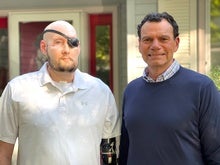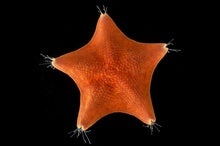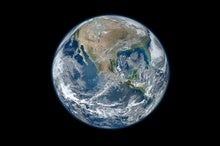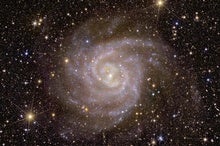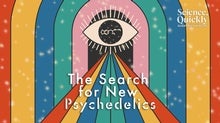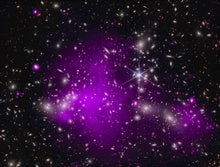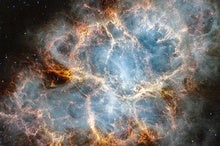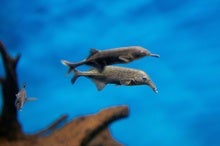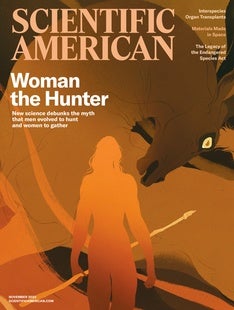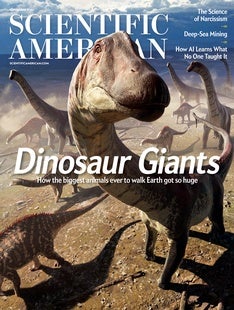 |
| November 10, 2023 |
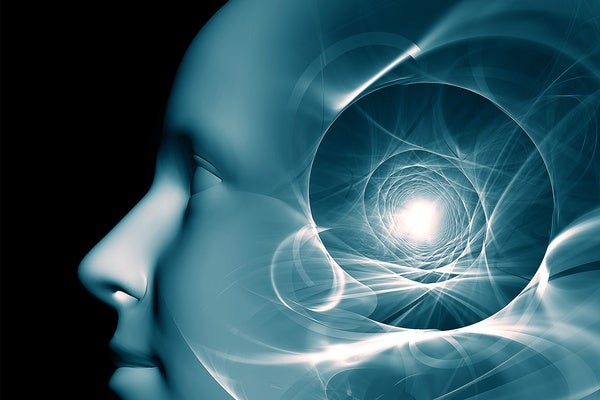 |
| |
| |
| |
| |
| |
| |
| |
| Medicine The Search for New Psychedelics As companies join the hunt, can the field of mind-altering synthetic substances stay true to its original pioneering spirit of wonder, curiosity and connection? |  | By Rachel Nuwer | 10:12 | | | |
| |
| |
| |
| |
| |
BRING SCIENCE HOME
 | | See Change: 2 Eyes, 1 Picture | 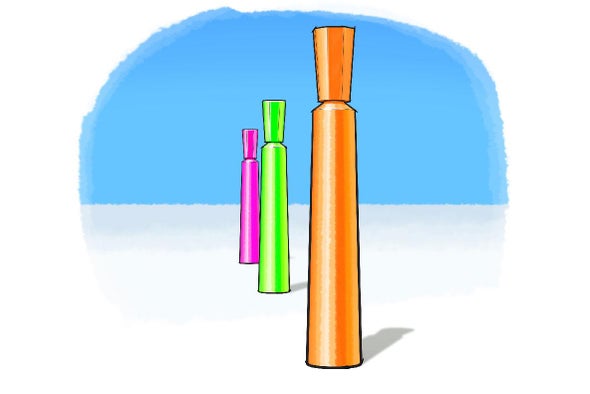 Can you see it now? How our brain transforms two pictures into one Credit: George Retseck | Is catching, juggling or heading a ball challenging for you? If you've ever tried threading a needle, did it end in frustration? Have you ever thought of blaming your eyes? Two eyes that work together help you estimate how far a ball is or where the thread is with respect to the needle. This "working together" of the eyes actually happens in the brain. The brain receives two images (one for each eye), processes them together with the other information received and returns one image, resulting in what we "see". Are you curious about how depth perception enters the picture? "See" for yourself with this activity! | |  | |
LATEST ISSUES
 |
| |
| Questions? Comments?  | |
| Download the Scientific American App |
| |
| |



